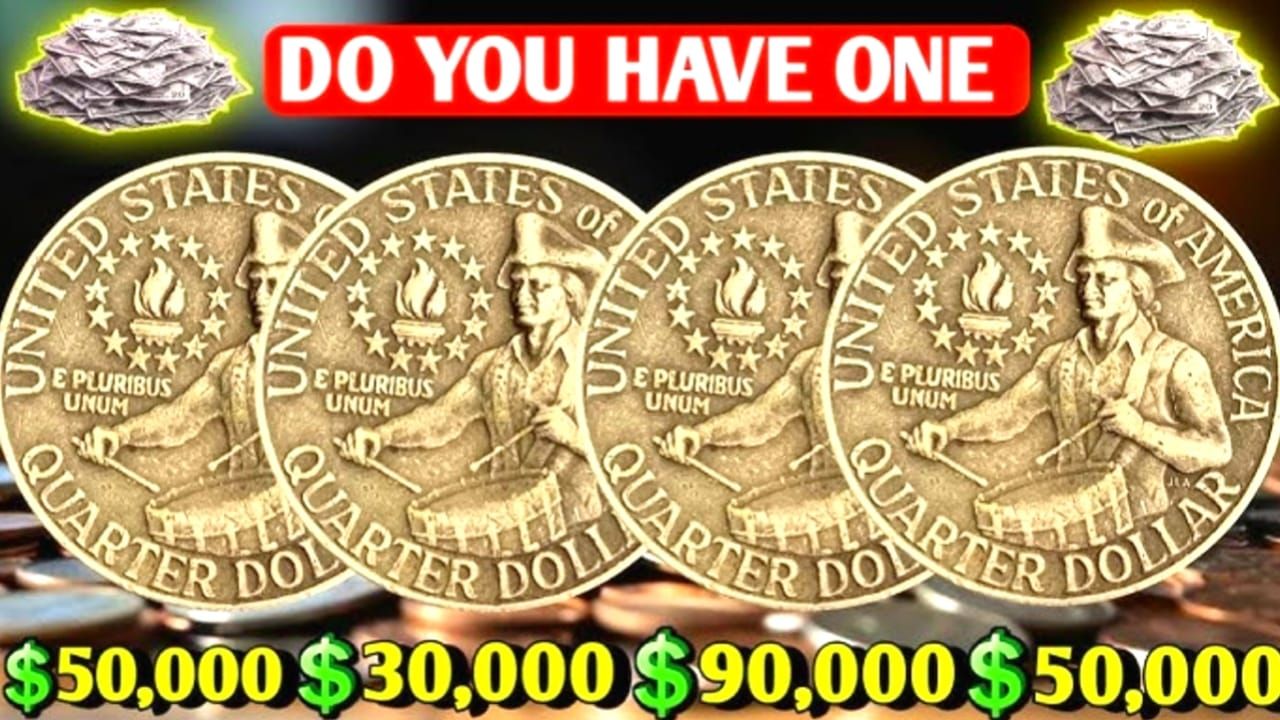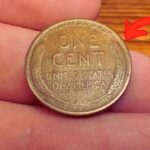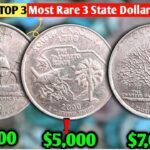If you’ve ever sifted through your spare change, you’ve likely come across the 1976 Bicentennial Quarter—the one featuring the iconic drummer boy on the back. Millions of these quarters were minted to commemorate America’s 200th birthday, making them a familiar sight in pockets and piggy banks across the country. But here’s something that might surprise you: a handful of these 1976 Bicentennial Quarters are worth much more than 25 cents—some even worth thousands or, astonishingly, up to $97 million.
Yes, you read that right. Let’s dive into what makes these quarters so special, highlight the top 4 rarest finds, and show you how to check if you’re sitting on a small fortune.
Overview Table: Key 1976 Bicentennial Quarter Finds
| Quarter Type | Unique Feature | Estimated Value |
|---|---|---|
| 1976 Bicentennial Quarter (Error Coin) | Struck on silver planchet by mistake | Up to $97 million |
| 1976-S Proof Quarter (No Mint Mark Error) | Missing mint mark, flawless mirror-like finish | $35,000 – $50,000 |
| 1976-D Doubled Die Quarter | Doubled letters/numbers | $20,000 – $35,000 |
| 1976 Clad Quarter With Off-Center Strike | Off-center design from minting error | $5,000 – $15,000 |
1. The $97 Million 1976 Bicentennial Quarter
The most legendary of them all is a 1976 Bicentennial Quarter rumored to be worth nearly $97 million. This rare gem was accidentally struck on a silver planchet—a blank typically reserved for different coins. Unlike the standard copper-nickel versions, this silver quarter boasts a brilliant shine and a perfect, detailed strike.
How to Spot It:
- It has a bright silver luster instead of the usual gray or copper edges.
- Its weight might differ slightly from a typical quarter.
- The detail is exceptionally sharp, like a proof or error coin.
Such an error is extraordinarily rare, possibly one-of-a-kind. If discovered, it would be auctioned to eager collectors willing to pay a life-changing sum.
2. 1976-S Proof Quarter Missing the Mint Mark
Most 1976-S quarters were struck at the San Francisco Mint and carry the “S” mint mark. However, some rare proof versions lack this identifying letter, making them highly collectible.
Features to Look For:
- A mirror-like finish typical of proof coins.
- No “S” mint mark beneath the date.
- Pristine condition (scratches and wear lower value).
These proof errors can command values between $35,000 and $50,000 depending on their condition and rarity.
Also Read – $1750 Stimulus Checks Coming: Stimulus for Everyone, Eligibility & Payment Dates
3. 1976-D Doubled Die Quarter
Doubled die coins are fascinating mint errors that create a ghost-like doubling effect on the text or date. For the 1976-D Bicentennial Quarter, this can make it worth a small fortune.
Where to Look:
- Doubling on the motto “IN GOD WE TRUST” or the “1976” date.
- Use a magnifying glass to spot these subtle yet valuable variations.
These coins can sell for $20,000 to $35,000 based on how strong the doubling is and overall condition.
4. Off-Center 1976 Bicentennial Quarters
Another exciting find is the off-center strike error. This happens when the coin blank isn’t perfectly centered during the minting process, leading to a shifted design and blank space on the edge.
Key Details:
- Part of the design missing or blank.
- The more off-center it is—without losing key details—the higher the value.
These off-center error coins can fetch anywhere from $5,000 to $15,000.
Why Are Some Bicentennial Quarters So Valuable?
While millions of 1976 Bicentennial Quarters were minted, rare errors and unique compositions set certain coins apart. Here’s what to watch for:
✅ Material Errors: Quarters struck on silver instead of copper-nickel blanks.
✅ Minting Errors: Missing letters, doubled designs, or off-center strikes.
✅ Proof Coins with Errors: Mirror-like finish and unusual details.
✅ Condition Matters: Coins in uncirculated or pristine condition can be worth exponentially more.
Collectors are willing to pay a premium for these rare finds, making them hidden treasures in your pocket change.
How to Check if You Have a Rare 1976 Bicentennial Quarter
- Look for the Date: “1776–1976” with the drummer boy on the back.
- Use a Magnet: Silver quarters won’t stick to magnets, unlike their copper-nickel cousins.
- Inspect for Errors: Missing mint marks, doubled designs, or off-center strikes.
- Weigh the Coin: Silver quarters are slightly heavier.
- Get it Graded: Take any suspicious or promising finds to a coin dealer or appraiser.
FAQs About the 1976 Bicentennial Quarter
Q: Are all 1976 Bicentennial Quarters worth a lot?
A: No, most are worth 25 cents. But rare errors or silver planchet versions can be worth thousands—or more.
Q: How can I tell if my quarter is silver?
A: Silver coins have no copper stripe on the edge and a brighter, cleaner shine.
Q: Do rare Bicentennial Quarters still turn up?
A: Surprisingly, yes! Many people overlook these rare coins, so they can be found in old collections, coin jars, or even as change.
Q: What if I find one?
A: Don’t clean it—scratches reduce its value. Place it in a soft holder and visit a coin expert for professional advice.
Final Thoughts
The 1976 Bicentennial Quarter isn’t just a piece of spare change—it’s a piece of American history with stories and surprises that could be worth thousands, even millions. While most quarters remain face value, those rare errors and special editions are like hidden treasure. So the next time you’re sorting your coins, keep an eye out—you might just discover a priceless piece of history in the palm of your hand.
Some Important Link
| Telegram Group | Click Here |
| WhatsApp Group | Click Here |
| Home Page | Click Here |










